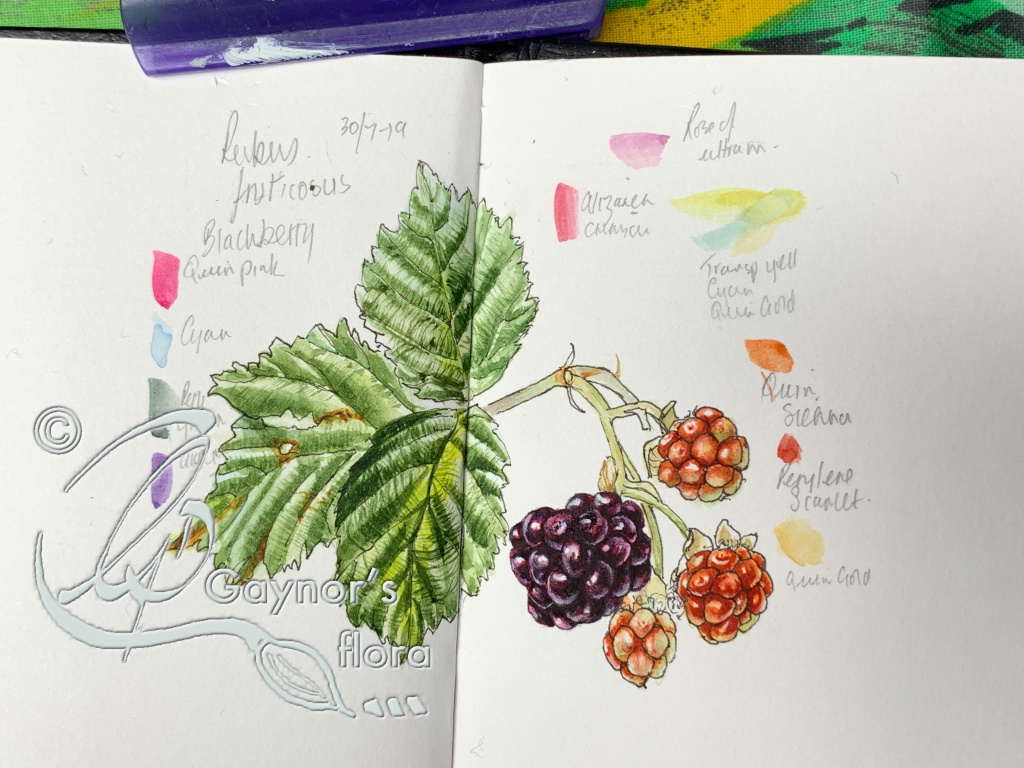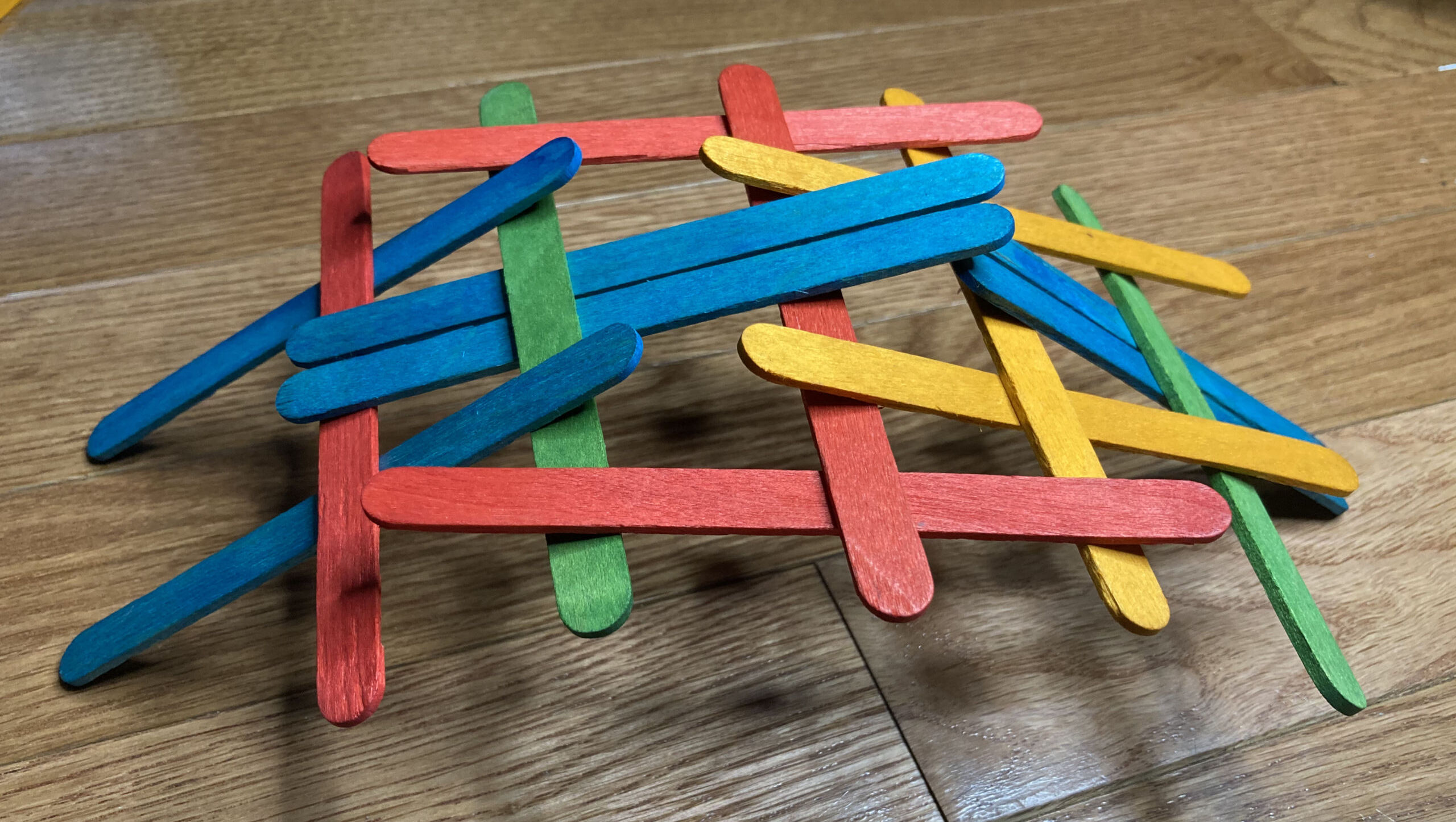Citizen Science Spotlight – Cicadas!
Christina Keasler2021-05-29T21:12:51-06:00It would be a shame if we didn't talk about cicadas right now. Everyone is talking about cicada brood x right now. It wouldn't be right not to feature citizen science opportunities about our emerging friends. Brood X is one of the biggest and most widespread, but will not be seen by everyone, but don't worry - there's probably a brood coming your way soon enough. If you live in an area that cicadas don't visit, it's still a chance to educate your community on what's happening in another area of the country that they might not experience firsthand. Cicadas hatch [...]


